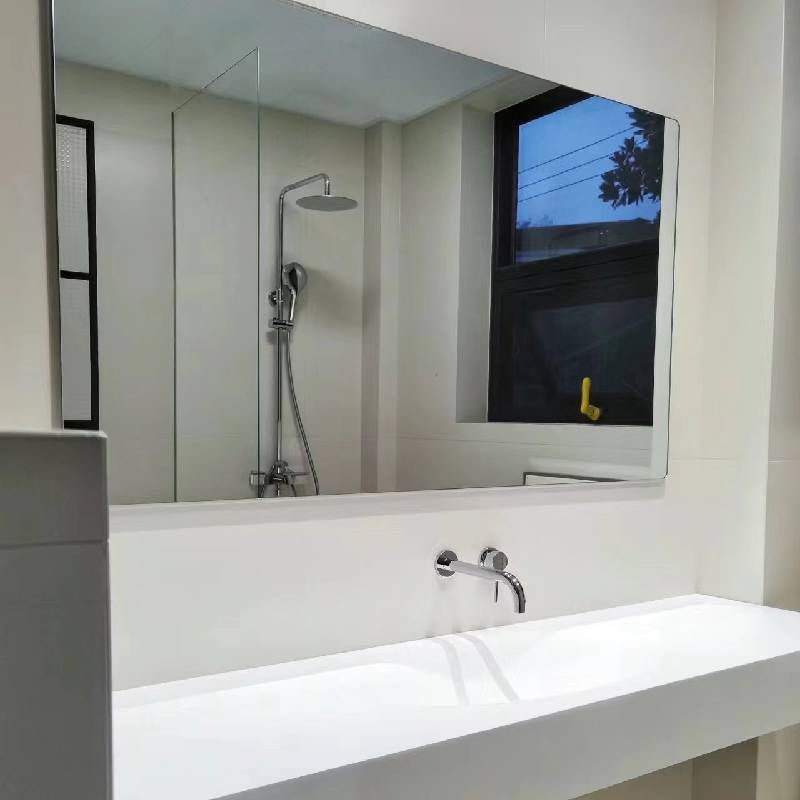

The Benefits and Applications of Thick Tempered Glass
Thick tempered glass, known for its strength and durability, has become a staple in various industries and applications. Unlike standard glass, which can easily shatter upon impact, thick tempered glass undergoes a rigorous tempering process that greatly enhances its performance and safety features. This transformation not only makes it an ideal choice for structural applications but also for aesthetic purposes, making it both functional and visually appealing.
The tempering process involves heating the glass to high temperatures, typically around 600 degrees Celsius, and then rapidly cooling it. This thermal treatment alters the glass's internal structure, creating compressive stresses on the surface that significantly increase its tensile strength. As a result, thick tempered glass can withstand impact forces and temperature fluctuations much better than regular glass. It is estimated that tempered glass is up to five times stronger than its untreated counterpart of the same thickness, which is a compelling reason for its widespread use.
One of the primary applications of thick tempered glass is in the construction industry, where it is used for facades, windows, and other structural components. Architects and builders appreciate its ability to meet stringent safety regulations while offering design flexibility. Thick tempered glass allows for larger window panes and glass walls, which enhances natural light and improves energy efficiency. Furthermore, its resistance to thermal stress means that it is less likely to break under extreme temperature changes, making it a reliable choice for both residential and commercial properties.
In addition to construction, thick tempered glass is heavily utilized in the automotive sector. Car manufacturers prefer using this glass for side and rear windows because of its strength and safety features. In the event of an accident, thick tempered glass shatters into small, blunt pieces rather than sharp shards, reducing the risk of injury to passengers. This is a critical consideration in vehicle design, where safety is paramount.

Another notable application is in the realm of modern furniture and interior design. Thick tempered glass is commonly used in tabletops, shelves, and partitions, lending a contemporary aesthetic to spaces while ensuring durability. Its sleek appearance and ability to be produced in various finishes, such as frosted or tinted, make it a stylish addition to homes and offices alike. The resilience of thick tempered glass ensures that it can withstand daily wear and tear without compromising its beauty.
Security is also a significant factor in the growing popularity of thick tempered glass. It is often chosen for glass doors and windows in commercial settings due to its enhanced strength and resistance to break-ins. When used in conjunction with laminating techniques or security films, thick tempered glass can offer an impressive barrier against potential intruders. This combination of strength and safety makes it a preferred choice for banks, jewelry stores, and other high-security facilities.
Moreover, thick tempered glass is easy to clean and maintain, making it suitable for both indoor and outdoor applications. Its smooth surface resists dirt and stains, ensuring that it remains attractive and functional over time. This low maintenance requirement, coupled with its longevity, makes it an economically sound investment.
In conclusion, thick tempered glass stands out due to its remarkable strength, versatility, and aesthetic appeal. Its applications range from construction and automotive uses to furniture design and security solutions. As technology continues to evolve, the potential for innovative applications of thick tempered glass seems limitless, ensuring that it will remain a valuable material in a variety of industries for years to come. Whether it’s enhancing the safety of a vehicle, providing stunning architectural designs, or creating elegant furniture, thick tempered glass is a material that meets the demands of modern life.